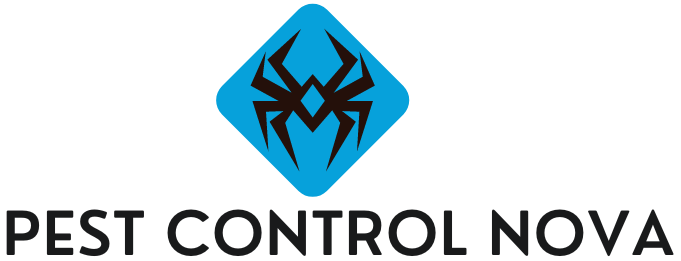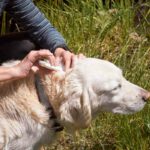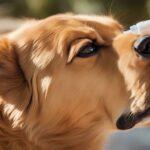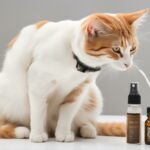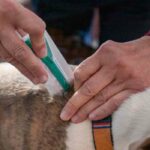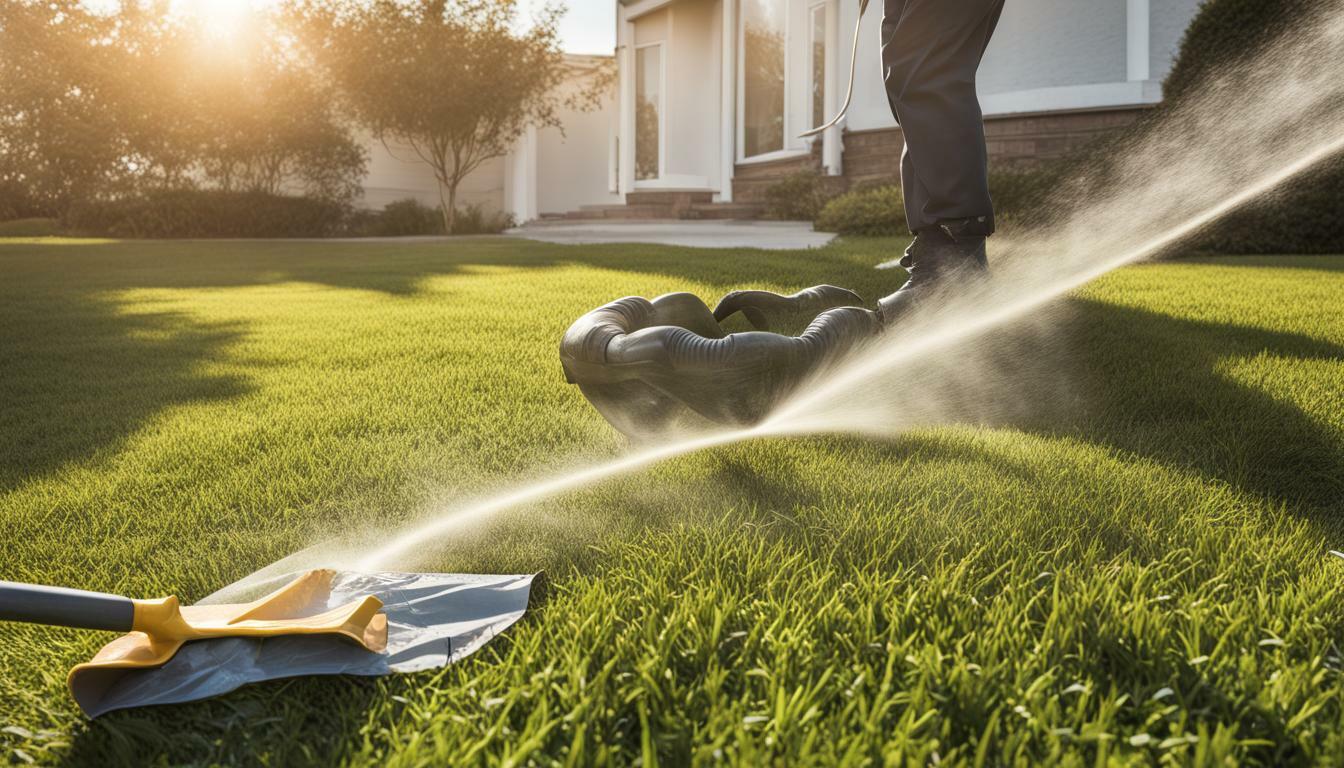
As a professional journalist, I understand the importance of a clean and safe outdoor space. If you’ve recently had to remove a dead animal from your yard, it’s crucial to sanitize the area to prevent any health hazards. In this section, I will provide an overview of the process of sanitizing a yard after dead animal removal and offer tips on how to do it effectively.
Key Takeaways:
- Sanitizing a yard after dead animal removal is important for maintaining a clean and safe outdoor space.
- Assess the area and remove any remaining traces of the dead animal.
- Disinfect and deodorize the yard to eliminate any lingering odor.
- Properly dispose of waste materials, including biohazardous items.
- Clean and sanitize yard equipment and tools to prevent contamination.
- Implement preventative measures to avoid future incidents of dead animals in your yard.
Assess the Area and Remove Any Remaining Traces
Before starting the sanitation process, it is crucial to assess the area and remove any remaining traces of the dead animal. Failure to do so may lead to contamination and the spread of disease.
To effectively remove any dead animal remains, use protective gloves and a shovel or scoop to place the remains in a sealed plastic bag. Take care not to disturb or spread any fluids or debris.
Next, thoroughly clean the affected area with soap and water, taking care to remove any visible traces of blood, feces, or other bodily fluids. Use a disinfectant solution to sanitize the area and eliminate any remaining bacteria or viruses.
For surfaces that cannot be easily cleaned or disinfected, such as porous materials or soil, it may be necessary to remove and replace these items to ensure complete sanitation.
Disinfectants and Safety Precautions
When selecting a disinfectant solution, choose one that is approved for use against the specific bacteria or virus that the dead animal may have carried. Always follow the manufacturer’s instructions and wear protective clothing, such as gloves and goggles, when handling and applying the solution.
It is also important to properly dispose of any cleaning materials, including the disinfectant solution, as they may be considered biohazardous waste. Check with your local waste management authority for guidelines on safe disposal.
By thoroughly assessing the area and removing any remaining traces of the dead animal, you can ensure a clean and safe outdoor environment for yourself and your family.
Disinfect and Deodorize the Yard
After removing the dead animal and disposing of any waste materials, the next step is to thoroughly disinfect and deodorize the yard to eliminate any remaining bacteria or odor. This step is essential in ensuring a safe and clean outdoor environment for you and your family.
Begin by hosing down the entire yard with water, paying particular attention to areas where the dead animal was located. Use a strong jet of water to remove any remaining traces of blood, feces, or urine.
Once the area is clean and dry, prepare a disinfectant solution by mixing one part bleach with nine parts water. Wear protective gloves and a mask to avoid any skin or inhalation contact with the solution.
Apply the solution to the affected area using a spray bottle or garden sprayer, making sure to cover the entire surface. Allow the disinfectant to sit for at least 10-15 minutes before rinsing it off with water.
To eliminate any remaining odor, use a deodorizing agent such as baking soda or white vinegar. Sprinkle a generous amount of baking soda over the affected area and allow it to sit for several hours before sweeping or vacuuming it up. Alternatively, mix equal parts of white vinegar and water in a spray bottle and apply it to the affected area. Allow the solution to sit for at least 30 minutes before rinsing it off with water.
Repeat the disinfecting and deodorizing process as necessary until the odor is completely eliminated.
Properly Dispose of Waste Materials
When disposing of waste materials after dead animal removal, it’s crucial to take the necessary precautions to ensure safe removal. Any remaining dead animal parts or cleaning supplies used in the sanitation process should be considered biohazardous materials and handled accordingly.
The first step in waste disposal is to double bag any biohazardous materials and seal them tightly to prevent leakage. It’s important to use heavy-duty trash bags to prevent tearing or puncturing during transport.
If your community has designated hazardous waste facilities, it’s recommended to contact them for proper disposal methods and guidelines. Some communities may offer special curbside pickup for biohazardous materials, so be sure to check with your local waste management department for available options.
It’s important to never dispose of biohazardous materials in regular household waste or recycling bins. Not only does this pose a health risk to waste management employees, it can also be harmful to the environment if not disposed of properly.
Remember to always wear gloves and other personal protective equipment when handling biohazardous materials for safe removal. Proper waste disposal is crucial for the health and safety of both individuals and the environment.
Clean and Sanitize Yard Equipment and Tools
Sanitizing yard equipment and tools is a crucial step to prevent contamination and ensure a clean and safe outdoor space. Here are some tips on how to sanitize equipment and tools effectively.
- Wear protective gear: Before sanitizing the equipment and tools, it’s essential to wear gloves and a mask to protect yourself from harmful chemicals and bacteria.
- Remove debris and dirt: Start by removing any debris, dirt, or organic matter from the equipment and tools. Use a brush or a hose to rinse off the debris.
- Disinfect the equipment and tools: Use a disinfectant solution to sanitize the equipment and tools thoroughly. You can choose from a range of disinfectants available on the market, such as bleach, hydrogen peroxide, or rubbing alcohol. Dilute the disinfectant as per the instructions provided on the label.
- Scrub and rinse: Scrub the equipment and tools thoroughly with the disinfectant solution, paying particular attention to the nooks and crannies. Rinse the equipment and tools with water after scrubbing to remove any traces of the disinfectant solution.
- Dry the equipment and tools: Once you’ve rinsed the equipment and tools, allow them to air dry completely. Make sure to store them in a dry and clean spot to prevent any contamination from moisture or dirt.
To prevent contamination, it’s essential to sanitize your yard equipment and tools after every use. A well-maintained yard not only looks aesthetically pleasing but also provides a healthy and safe environment for you and your family.
Implement Preventative Measures for Future Incidents
As a professional copywriting journalist, I know that preventing future incidents is just as important as properly sanitizing your yard after dead animal removal. To avoid dead animals in your yard, there are a few preventative measures you can implement:
- Regular yard maintenance: Keeping your yard tidy and well-maintained is a great way to deter wildlife from entering your property. Make sure to regularly mow your lawn, trim bushes and branches, and remove any debris or clutter.
- Securing trash bins: Secure your trash bins with tight-fitting lids to prevent animals from accessing them. Consider storing your trash bins inside a garage or shed until trash day.
- Pest control measures: Implementing pest control measures such as sealing any cracks or holes in your home’s exterior and using natural deterrents like garlic or peppermint can help keep animals away from your yard.
By taking these preventative measures, you can significantly reduce the risk of dead animals in your yard and prevent the need for future dead animal removal.
Conclusion
In conclusion, proper yard sanitation after dead animal removal is crucial for maintaining a safe and healthy outdoor space. By following the steps outlined in this article, you can effectively sanitize your yard and prevent the spread of harmful bacteria and diseases.
Remember to thoroughly assess the area, remove any remaining traces of the dead animal, disinfect and deodorize the yard, properly dispose of waste materials, and clean and sanitize yard equipment and tools. Additionally, implementing preventative measures can help avoid future incidents and ensure a clean and safe yard.
As a professional copywriting journalist, I highly recommend prioritizing yard sanitation after dead animal removal to promote a healthy and enjoyable outdoor space for you and your family.
FAQ
Q: How do I sanitize a yard after dead animal removal?
A: Sanitizing a yard after dead animal removal is crucial for maintaining a clean and safe outdoor space. Here are the steps you can follow:
Q: How do I assess the area and remove any remaining traces?
A: Assessing the yard for any remaining traces of the dead animal is an important step in the sanitization process. Follow these steps:
Q: How do I disinfect and deodorize the yard?
A: Disinfecting and deodorizing the yard is essential for eliminating any lingering odor and preventing bacterial growth. Here’s what you can do:
Q: How do I properly dispose of waste materials?
A: Properly disposing of waste materials, including dead animal remains and cleaning supplies, is crucial to prevent contamination. Follow these guidelines:
Q: How do I clean and sanitize yard equipment and tools?
A: Cleaning and sanitizing yard equipment and tools is important to prevent contamination and maintain their longevity. Here are some tips:
Q: What preventative measures can I implement for future incidents?
A: Taking preventative measures can help avoid future incidents of dead animals in the yard. Consider these suggestions:
Conclusion
- Does Flea Treatment Kill Lice? - September 8, 2023
- Does Flea Treatment Kill Mites? - September 8, 2023
- How to Put Flea Treatment on a Dog? - September 8, 2023
